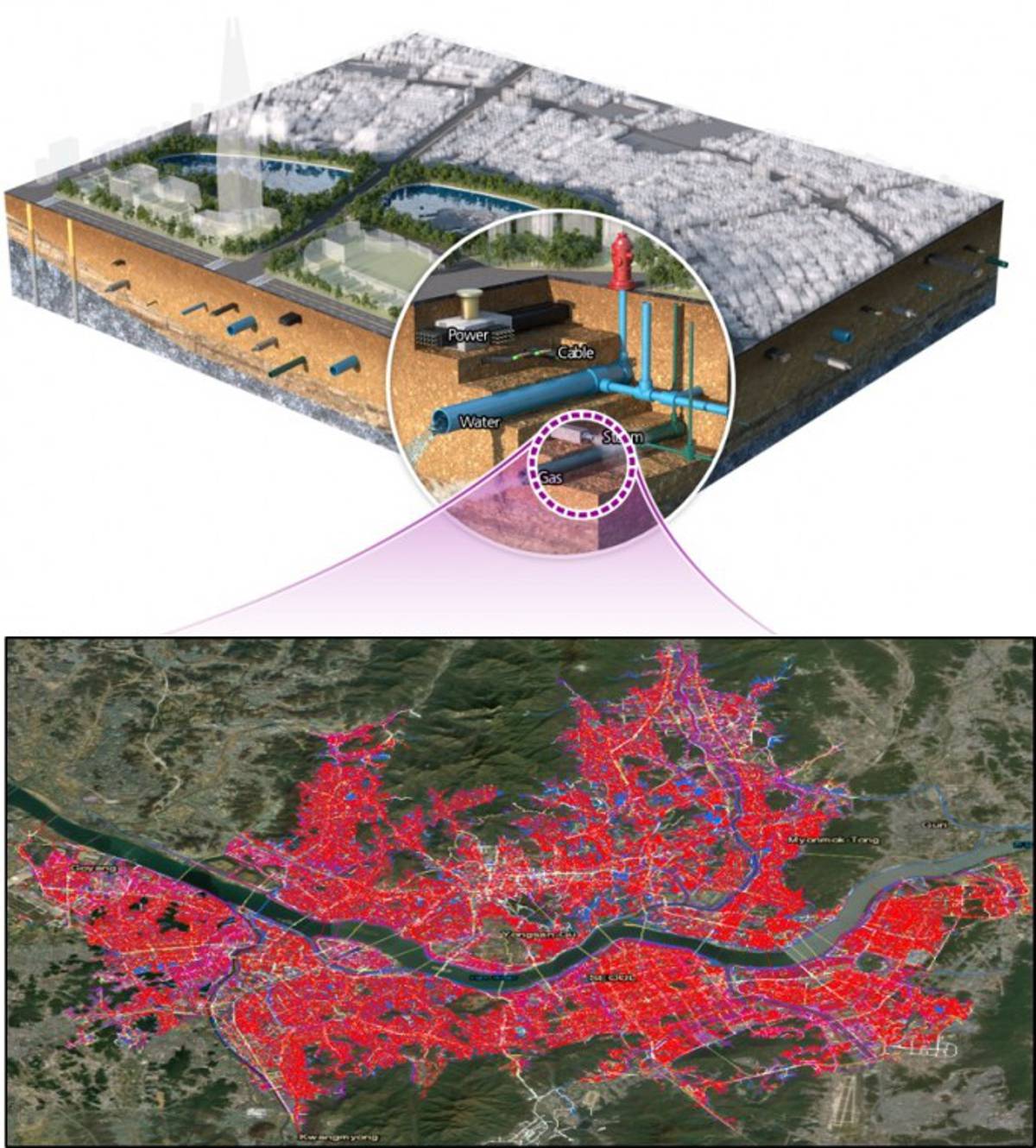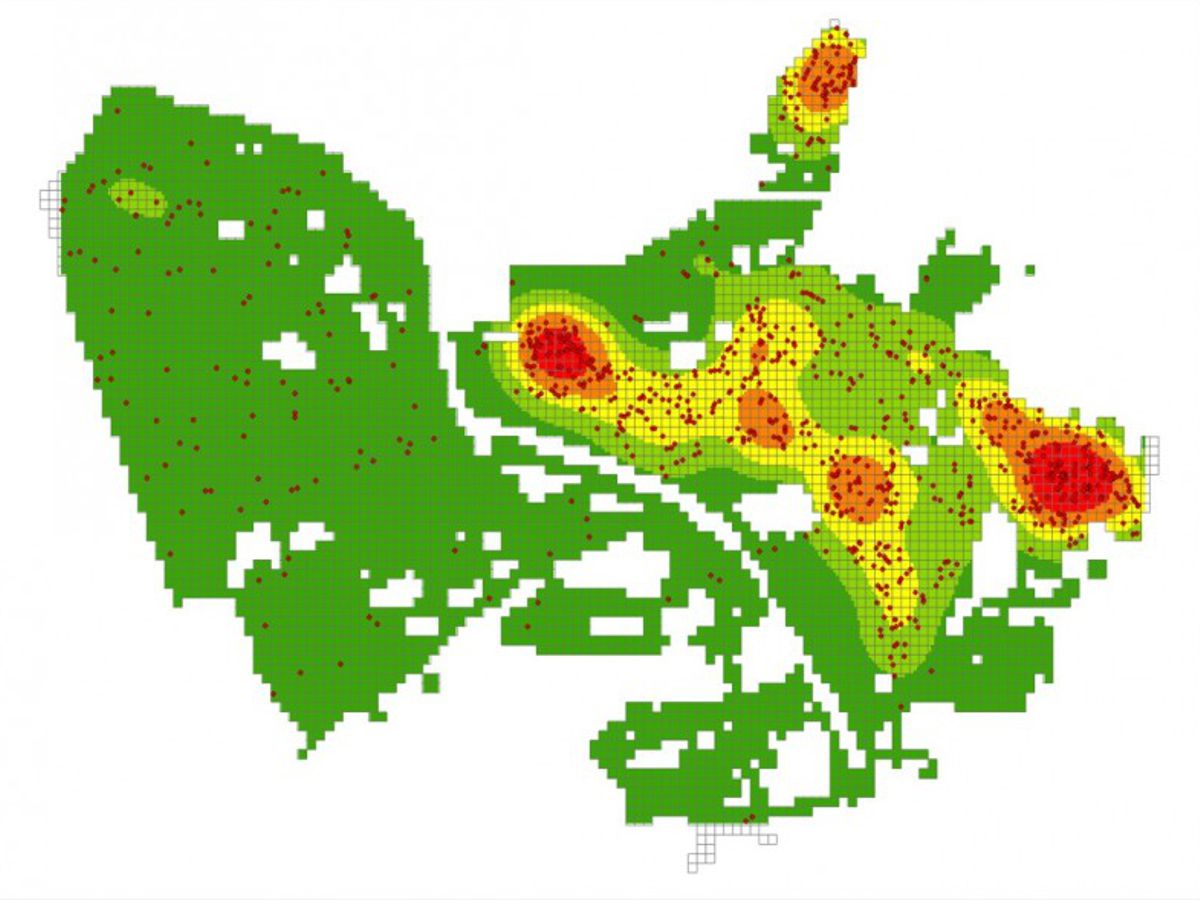3D Mapping and AI-based monitoring could help prevent Urban Ground Collapse
As severe urban overcrowding is trending worldwide many underground development projects are being carried out in metropolitan centres worldwide. South Korea has experienced problems such as aging underground facilities and inaccurate information management due to rapid urban development since the 1970s and 1980s. Accident prevention has become a major challenge since accidents in underground spaces have occurred due to various causes.
The Korean government is undertaking projects to digitize underground facilities and ground information and establish a 3D underground space information database to prevent underground safety accidents that cause casualties and property damage. However, there hasn’t been a concrete solution for the digital-information-based underground safety management, which is the primary goal of this database development.
The Korea Institute of Civil Engineering and Building Technology (KICT, President Kim Byung-suk) has developed an AI-based predictive model, which is called “AI-based CRPM(Collapse Risk Prediction Model)”, that effectively provides warning for the risk of ground collapse using 3D underground space information. The newly developed AI-based CRPM applies to actual sites, capable of predicting risks using only the elements included in the existing digital underground information set up by local governments.

Korea has seen its share of ground collapse accidents caused by damage to underground facilities or loss of soil under roads and buildings. For example, the rupture of a heat transport pipe that led to the fatal ground collapse accident at Baekseok Station in Ilsan and the collapse of a convenience store at Naksan Beach in Yangyang led to extreme damage. It is crucial to prepare for unexpected large-scale disaster damages such as the collapses in Guatemala City, Guatemala and Guangzhou, China.
The AI-based CRPM developed by Dr. Kang Jaemo’s research team is based on an AI algorithm that predicts the risk of ground collapse by utilizing attribute information of six types of urban underground facilities (water, sewage, communication, electricity, gas, heating). This model predicts the risk of ground collapse in three stages (safe, caution, and danger). Reliability analysis conducted for areas where actual ground collapses occurred showed an accuracy of approximately 80%.

The developed AI-based CRPM has a feature that visualizes the three-stage risk levels on a GIS-based map, allowing it to be used as an accident prevention decision-making safety tool when prioritized and detailed investigations in risky sections or the early replacement of underground facilities are required.
The AI-based CRPM developed by the KICT research team demonstrates high reliability and is ready for on-site usage. Additional research is underway to improve its reliability to over 90% for even more precise predictions.
Dr. Kang Jaemo, the lead researcher, said: “Our newly developed model is expected to predict ground collapse risks accurately and significantly contribute to the prevention of future underground safety accidents when adopted by local governments.”



















